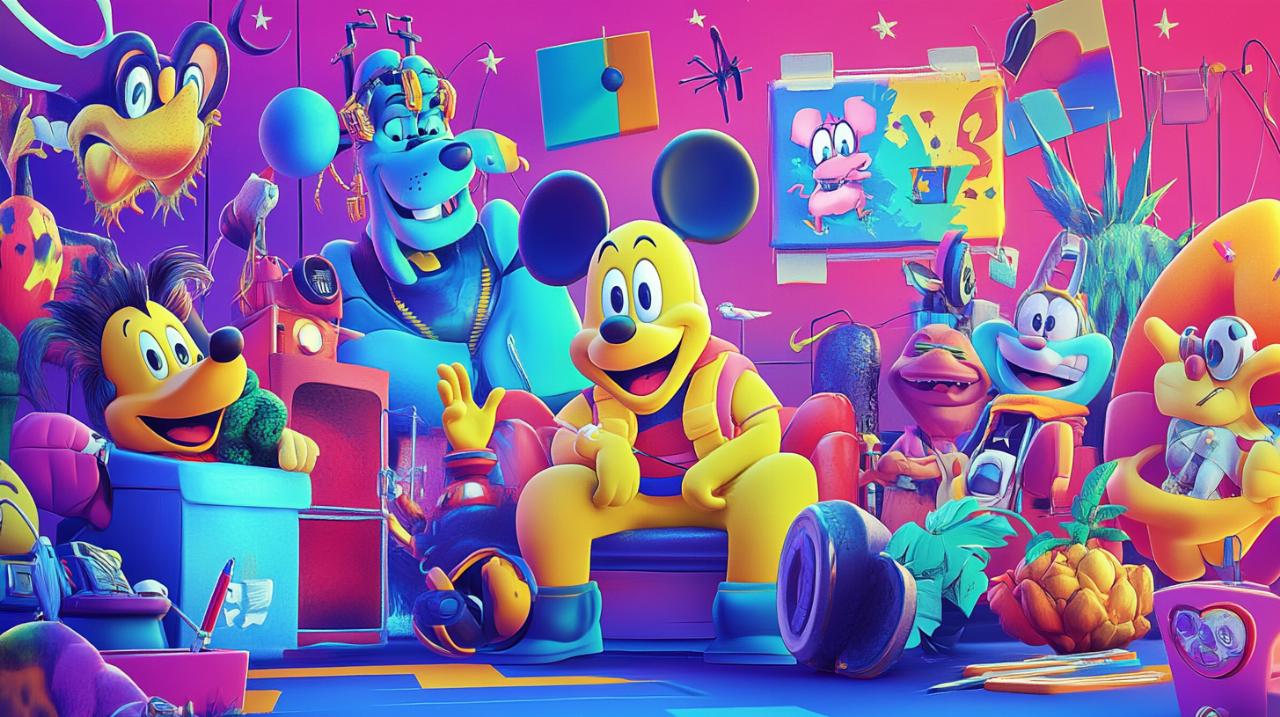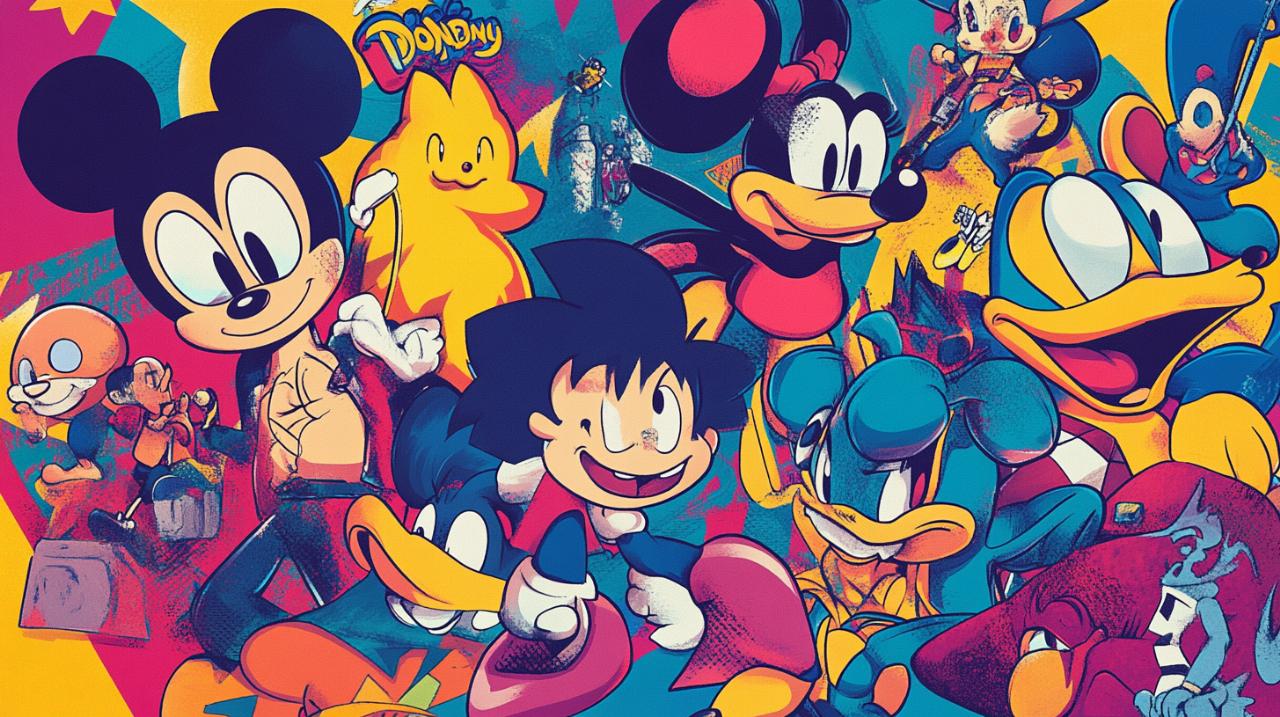Growing up in the nineties meant waking up on Saturday mornings with a bowl of cereal in hand and a queue of brilliant animated adventures waiting on the telly. These weren’t just random programmes to pass the time; they were pivotal experiences that brought families together and left an indelible mark on an entire generation. From the quirky antics of beloved characters to the imaginative worlds they inhabited, these cartoons became woven into the very fabric of our childhoods. They offered escape, laughter, and lessons without ever feeling heavy-handed, making them unforgettable even decades later.
The golden era of saturday morning telly: why 90s cartoons were absolutely brilliant
The nineties represented a remarkable period for animation, a time when Saturday mornings became sacred. Children across Britain would settle in front of the television, eager to see what adventures awaited their favourite characters. This era stood out not only because of the sheer volume of shows available but also due to the creative risks taken by studios. Animation was no longer seen merely as a medium for young children; it evolved into a platform for storytelling that appealed to a wide range of audiences. The decade brought forward programmes that balanced humour with heart, silliness with sincerity, and fantasy with relatability. These cartoons became cultural touchstones, discussed in playgrounds and remembered fondly by adults today. The vida trendy website and similar platforms have chronicled how these animated gems continue to influence modern pop culture, reminding us that their impact extends far beyond their original broadcasts.
The rise of groundbreaking animation techniques that changed everything
The nineties were a time of tremendous innovation in animation technology and storytelling methods. Traditional hand-drawn animation reached new heights of quality and detail, while the advent of computer-generated imagery began to make its presence felt. Shows like Dragon Ball Z captivated audiences with dynamic fight sequences and intense visual storytelling that pushed the boundaries of what animated action could achieve. Meanwhile, series such as Rugrats and Hey Arnold introduced more nuanced character designs and backgrounds that gave each programme a distinct visual identity. The Powerpuff Girls combined bold colours and simplified shapes with clever writing, creating a style that was instantly recognisable and widely imitated. These technical advancements allowed creators to tell more complex and visually engaging stories, transforming cartoons from simple entertainment into sophisticated art forms. The blend of creativity and technology during this period laid the groundwork for the animation renaissance that followed, influencing countless shows and films in the years to come.
How these shows became proper cultural phenomena across britain
The influence of nineties cartoons extended well beyond the screen, permeating various aspects of British culture. Merchandise flooded toy shops, with action figures, lunchboxes, and clothing featuring iconic characters like the Teenage Mutant Ninja Turtles and Transformers becoming must-have items for children. Theme tunes became instantly recognisable, and catchphrases from shows like Johnny Bravo and Scooby-Doo entered everyday conversation. Television schedules were structured around these programmes, with Saturday morning slots becoming appointment viewing for millions of families. The popularity of these cartoons also sparked debates about their content, with parents and educators discussing the lessons they imparted and the values they promoted. This widespread engagement turned cartoons into a shared cultural experience, creating a sense of community among viewers who grew up watching the same shows. Even today, references to nineties cartoons appear in media, fashion, and internet culture, demonstrating their lasting relevance and the deep affection people continue to hold for them.
Iconic characters and storylines that shaped our generation

The characters that populated nineties cartoons were more than just animated figures; they were companions, role models, and sources of inspiration. Whether it was the courage of a young boy with a timid dog or the mischievous antics of a talking mouse and his feline adversary, these personalities resonated deeply with audiences. Each character brought something unique to the table, whether it was humour, bravery, kindness, or cleverness. Their adventures were filled with challenges that mirrored real-life issues, albeit in fantastical settings. This combination of relatability and escapism made them incredibly compelling. The storylines were crafted with care, balancing episodic fun with overarching narratives that kept viewers engaged week after week. The emotional depth found in these programmes was often surprising, tackling themes of friendship, loss, identity, and perseverance in ways that felt genuine and impactful.
Memorable protagonists who taught us life lessons without being preachy
One of the defining features of nineties cartoons was their ability to impart valuable lessons without resorting to heavy-handed moralising. Characters like those in The Powerpuff Girls demonstrated the importance of teamwork and standing up to bullies, all while delivering fast-paced action and humour. Pokemon introduced themes of perseverance, friendship, and the value of hard work through the journey of trainers and their companions. Courage the Cowardly Dog explored fear and bravery in a quirky, surreal manner that resonated with viewers who faced their own anxieties. Meanwhile, classics like Tom and Jerry showcased slapstick comedy while subtly highlighting themes of rivalry, ingenuity, and resilience. These shows understood that children were intelligent and capable of grasping complex ideas when presented in an entertaining and accessible way. The lessons learned from these programmes often stayed with viewers into adulthood, shaping their perspectives and values in subtle but meaningful ways.
The storylines that stuck with us long after the credits rolled
Certain episodes and story arcs from nineties cartoons remain etched in the memories of those who watched them, demonstrating the power of compelling storytelling. The emotional depth of shows like Hey Arnold and Rugrats allowed them to tackle subjects such as family dynamics, cultural identity, and personal growth with sensitivity and nuance. Series like Samurai Jack and Avatar: The Last Airbender combined stunning visuals with epic narratives that unfolded over multiple episodes, creating rich, immersive worlds that felt alive and meaningful. Even more lighthearted programmes like Looney Tunes and Johnny Bravo delivered memorable moments through their wit and creativity, ensuring that each episode left a lasting impression. The best cartoons of this era understood that their audience craved stories that mattered, and they delivered time and time again. These narratives provided more than just entertainment; they offered comfort, inspiration, and a sense of belonging, cementing their place in the hearts of a generation.





